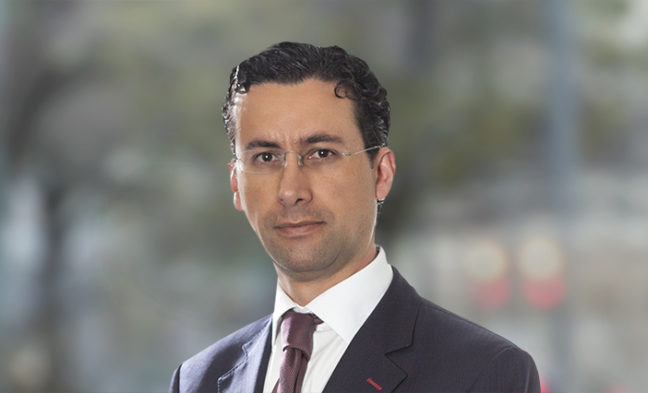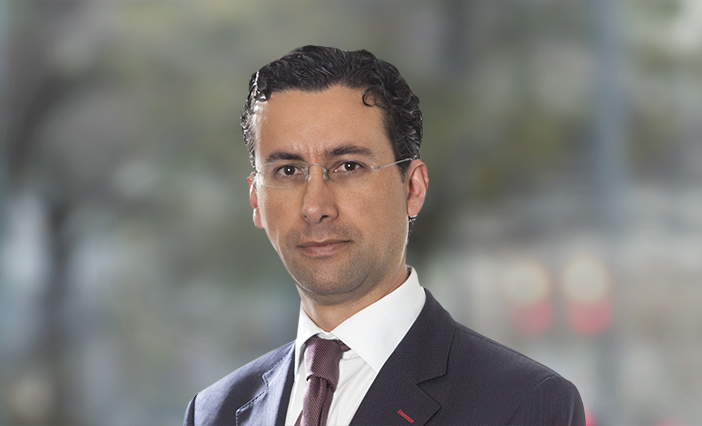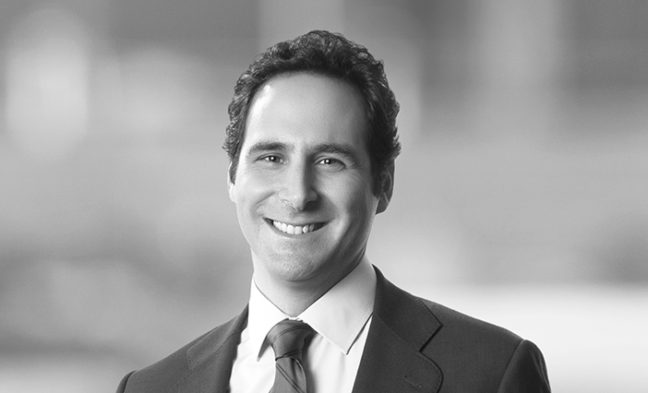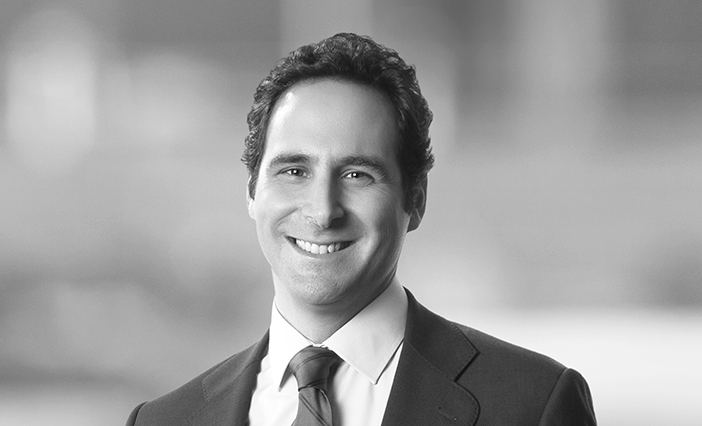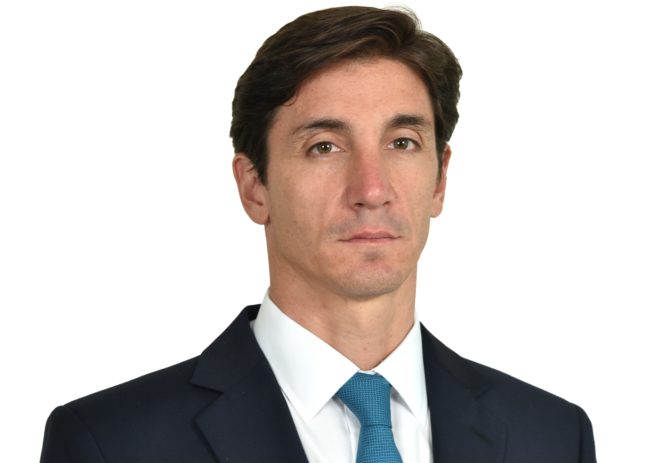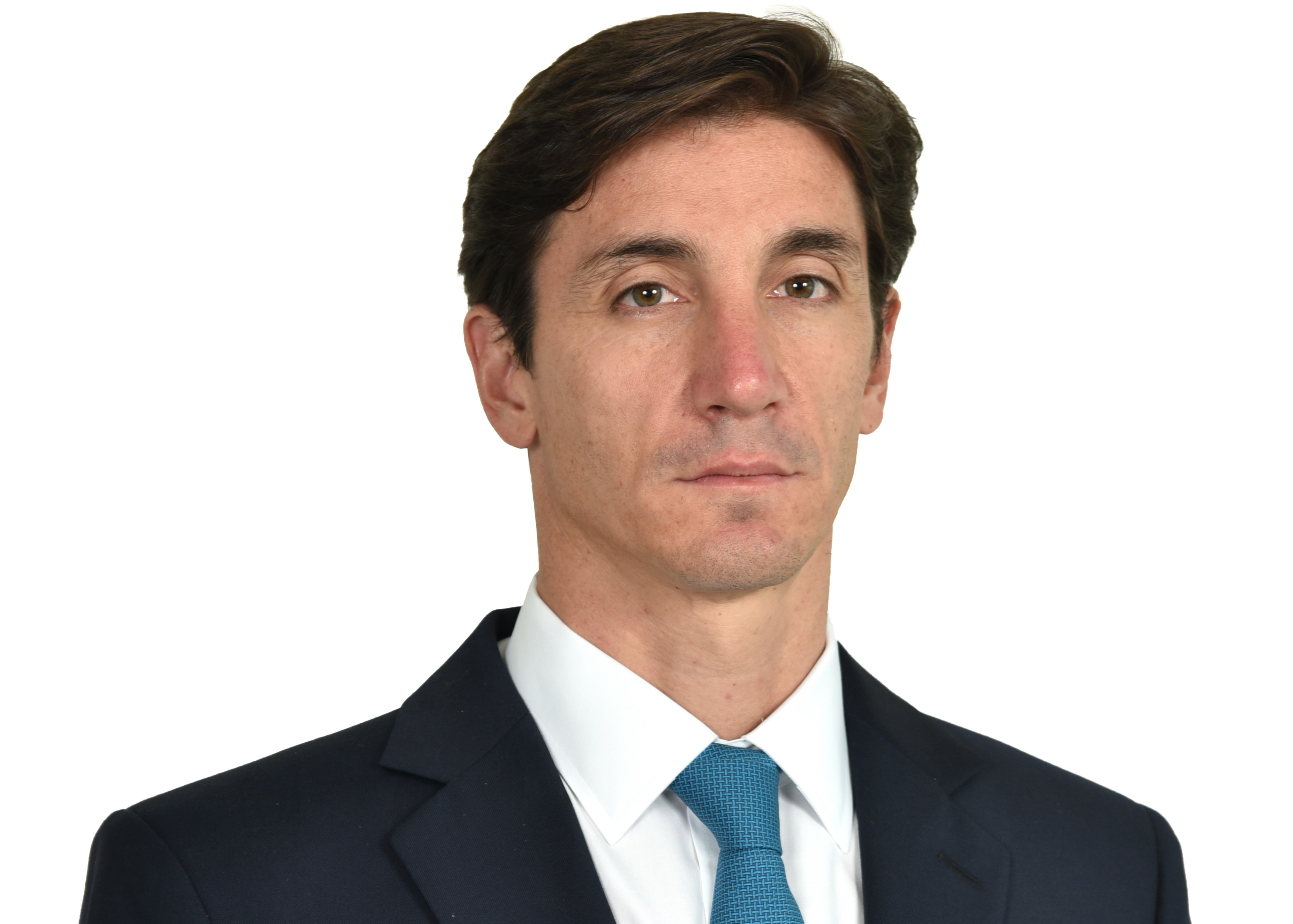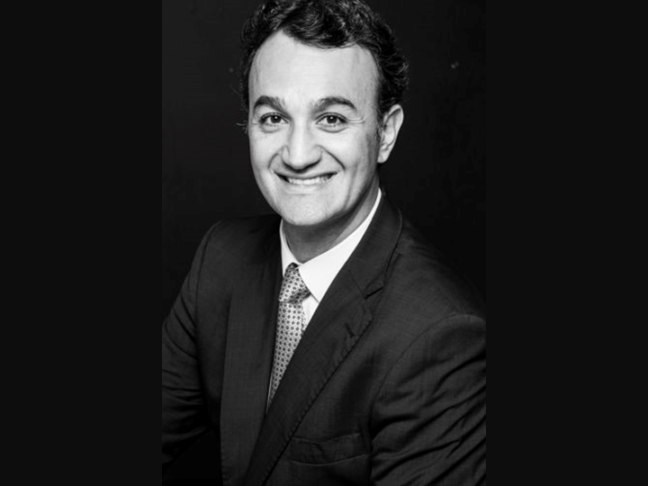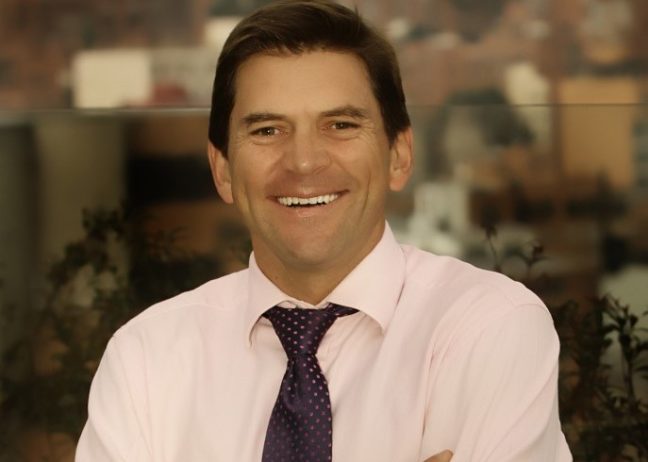Iker Arriola
Sócio Ejecutivo en
White & Case México
- Arriola, el pasado año a estas alturas ya nos brindó su opinión sobre la situación del mercado transaccional mexicano en el ámbito de M&A. Un año más tarde ¿considera qué se han percibido cambios en su comportamiento? De ser así, ¿Qué cree que los ha motivado?
Sin duda, este año ha habido un cambio frente al año pasado. Por ejemplo algunos estudios reportaron que en 2016 el área de M&A cayó en su nivel más bajo en la última década en Latinoamérica de acuerdo a A.T. Kearney, que también señala que en lo que va del 2017 se han anunciado transacciones valuadas en 3,900 millones de dólares en la región, en bienes de consumo y retail, que de ser aprobadas, representarían 45% del valor total de las transacciones del 2016.
El tema de la incertidumbre que en ese momento enfrentábamos alrededor de la elección del presidente de Estados Unidos ya pasó; también hubo una fuerte presión frente a la moneda mexicana y a su vez hubo un regreso de estabilidad respecto a la misma, aunque quedó en márgenes que siguen siendo un factor de evaluación particularmente si se compara con el valor del peso cuando la actual administración mexicana llegó al gobierno. No obstante, también ha habido más certidumbre en otros aspectos que le dan mayor estabilidad como es una agenda ya definida y un calendario más o menos identificado de lo que sería la renovación del Tratado de Libre Comercio. Por el momento no parece ser una renegociación que amenace a México, como amenazaba desde un principio el presidente Trump, más bien parece una modernización del TLC actual. En ese proceso, México también se ha asentado en cuanto a su estrategia de negociación se refiere. Creo que el Gobierno de México tiene una estrategia ya definida y bien acompañada del empresariado mexicano de cómo negociar y todo esto le ha dado un empuje adicional a las operaciones de M&A.
Hoy día vemos ya en fila algunas operaciones que están en proceso de concretarse en este ámbito. Nosotros ya estamos retomando algunas operaciones que, o estaban detenidas, o estaban en revisión y que han tomado fuerza. Estamos viendo principalmente que el sector de gas y petróleo sigue siendo una de las áreas con mayor dinamismo en operaciones de M&A sobre todo en temas de alianzas, desarrollo y compra-venta de activos estratégicos.
- En cuanto a la tendencia que han manifestado las transacciones registradas en M&A en lo que llevamos de año, en comparación con las cifras de este mismo periodo en 2016, observamos que se mantiene el ritmo de operaciones pese a las predicciones que auguraban un empeoramiento de la relación con UE tras la elección de Trump. ¿Considera que actualmente el mercado mexicano ha logrado la consolidación suficiente como para no verse demasiado afectado por este tipo de factores?
No creo que la relación de Estados Unidos – Unión Europea necesariamente afecte de manera directa a México, aunque probablemente de manera indirecta sí. El contexto mundial varía y va cambiando, al final del día es una economía globalizada, pero francamente no creo que las transacciones que vemos de M&A en México este año tengan como origen necesario e indispensable la nueva EEUUA– Unión Europea.
- Siendo una de las áreas en las que habitualmente opera el sector financiero, a lo largo de 2017 éste se ha definido como uno de los sectores que más ha incrementado su actividad respecto al año anterior. ¿Podría darnos su opinión sobre qué circunstancias han influido para esta evolución?
No veo un cambio impactante en la actividad del sector financiero. Hay algunos reacomodos y operaciones de financiamiento interesantes, pero no ha habido movimientos espectaculares. En el sector de los mercados de capitales vemos que llevan un ritmo ordinario, pero tampoco vemos que el sector financiero vaya a ser el boom. Definitivamente la parte de FinTech ha hecho desde el punto de vista de conversación en el sector financiero algo de interés, sobre todo porque la ley está a punto de ser finalizada por la Secretaría de Hacienda y enviada al Congreso.
Pero no vemos mayores cambios en este sector en actividades de financiamientos y menos en temas de grandes fusiones entre bancos o entre entidades financieras.
- En relación al mercado de Venture Capital también se han registrado datos muy positivos para las compañías mexicanas. ¿Cree que el 2017 será el punto de partida para una nueva tendencia en este escenario? ¿Cuáles cree qué son las causas de que haya aumentado el interés de los inversores en empresas de reciente creación?
En los últimos años hemos visto que el origen del fondeo de las operaciones de adquisiciones ha variado muchísimo. En los fondos de Private Equity, los fondos de Venture Capital, los Hedge Funds se están moviendo a actuar cada vez más como a jugadores en el ámbito de las inversiones en compañías privadas. Pero tampoco creo que hoy el venture capital sea la solución o la industria que le dé el dinamismo a las compañías mexicanas.
Sí se han formado algunos grupos de venture capital que están haciendo inversiones inteligentes en empresas de nueva creación que parecen interesantes, pero no creemos tampoco que por el momento sea una industria que le dé necesariamente absoluto dinamismo a las compañías mexicanas.
Particularmente en el sector de las tecnologías hay cierto movimiento: como mencioné anteriormente en FinTech ha habido algunas inversiones interesantes, pero de ninguna manera en las dimensiones en las que en otras jurisdicciones se ve tratándose de empresas de nueva creación, de empresas tecnológicas, empresas de servicios o empresas en los servicios financieros.
Considero que esta industria seguirá con una tendencia de mayor presencia en 2017, pero no necesariamente representará un gran impacto. Por lo menos, por el momento.
